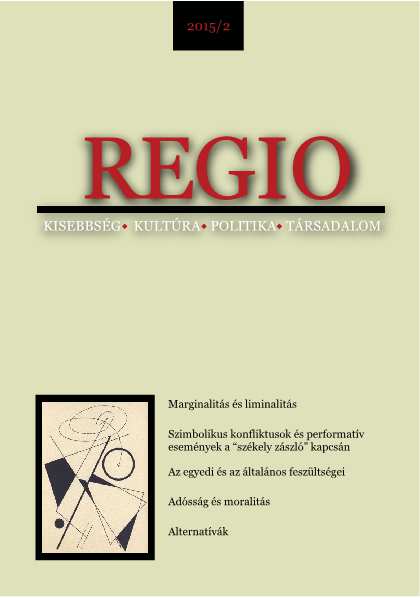
Wysiedleńcy i osiedleńcy na Śląsku Opolskim jako konsekwencja II wojny światowej
The article presents a comparison of selected aspects of the post-war fate of the displaced German population from the Opole Silesia and similar issues that relate to the Poles displaced from the Eastern Borderlands to the Opole Silesia. The comparatistic analysis – which aims to present the similarities and dissimilarities of their situation – concerns the terminology, conditions of displacements, the attitude of the authorities and the local population to the new residents, as well as the possibilities of keeping the memories. First and foremost, the term „expelled” was popular in the West Germany practically since 1945, which was not used until 1989 either in Poland, nor in the East Germany, where the term „migrants / Umsiedler” was preferred. In the Polish People’s Republic, to define the discarded since 1944 population from the Eastern Borderlands, the term „repatriates” was used. Comparing the conditions of displacement, in both cases one can speak of situational coercion and a similar course of both processes. In the new place of residence, both groups attempted to settle in dense areas, although they encountered negative stereotypes from the local people. The displaced Germans received in the West Germany a wide support from the country and of particular federal states, which enabled them to cultivate the memory of their native lands. The exposure of the memory of the Eastern Borderlands in Poland was only possible in the late 80s.
More...












